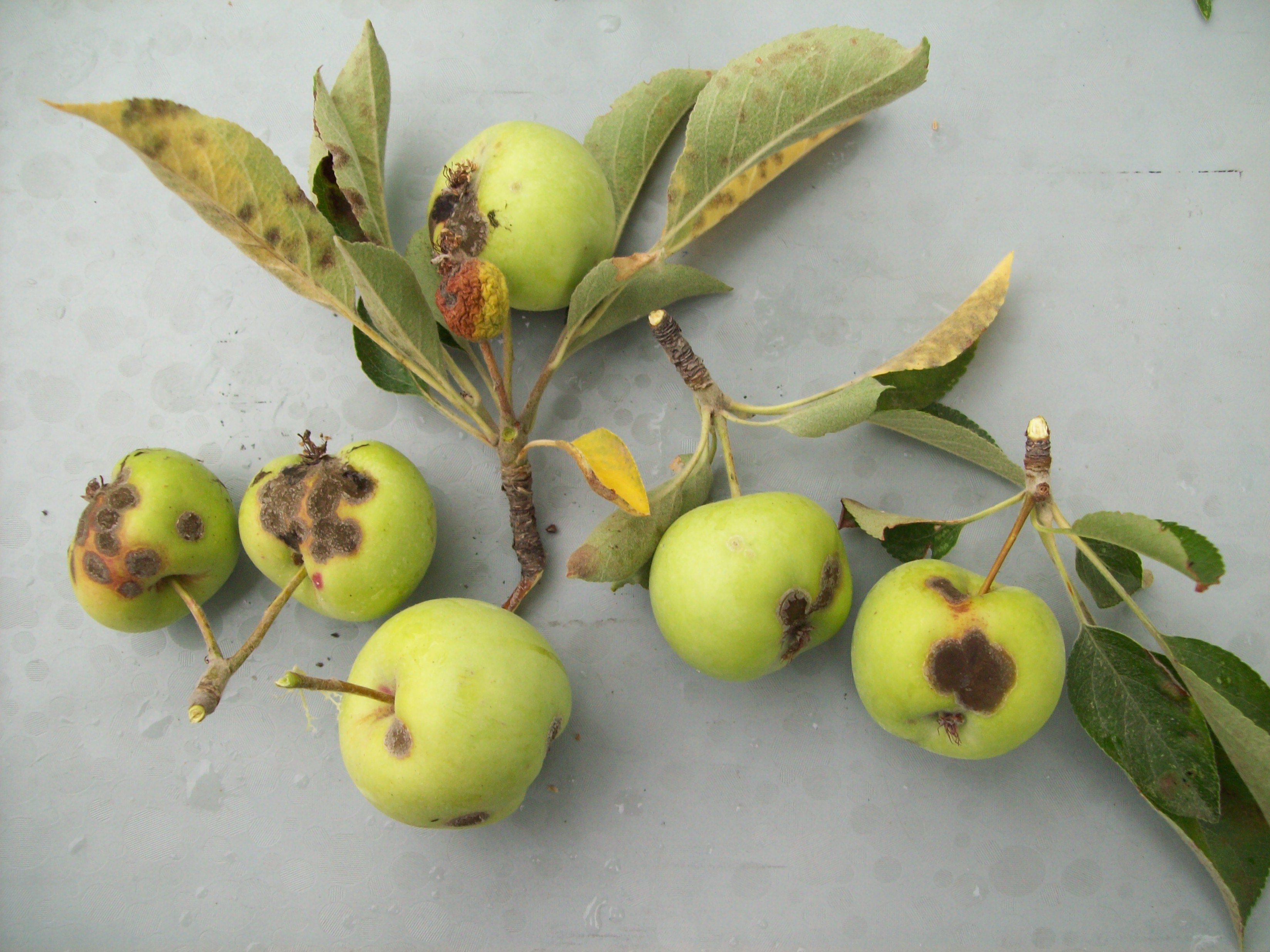How to Identify the 10 most common Genus of Trees
- Introduction to Tree Genus
- Broadleaf Trees Explained
- Coniferous Trees Explained
- Recognizing Fruit Tree Genuses
- Recognizing Ornamental Tree Genuses
- Palm Trees Explained
- Understanding Tree Diseases by Genus
- Impact of Seasonal Changes on Genus Identification
- Deciduous Trees Explained
- Genus Identification: Bark, Leaves, and Fruit
- Tree Age Determination by Genus
- Tree Care by Genus
- Wrap up and recap
Understanding Tree Diseases by Genus
Understanding Common Tree Diseases

Disease in apple trees.
Trees, like all living organisms, are susceptible to diseases. These diseases can affect their health, growth, and overall appearance. In this unit, we will explore some of the most common tree diseases, their symptoms, and their impact on tree health.
Introduction to Tree Diseases
Tree diseases can be caused by a variety of factors, including fungi, bacteria, viruses, and environmental stressors. These diseases can affect all parts of the tree, including the roots, trunk, branches, leaves, and fruit. Some diseases are specific to certain types of trees, while others can affect a wide range of species.
Overview of Common Tree Diseases
There are numerous diseases that can affect trees. Here are a few of the most common ones:
-
Apple Scab: This is a fungal disease that primarily affects apple trees, but can also affect other fruit trees. It causes dark, scaly lesions on the leaves, fruit, and twigs.
-
Dutch Elm Disease: This is a fungal disease that affects elm trees. It is spread by elm bark beetles and causes wilting, yellowing, and curling of the leaves, eventually leading to the death of the tree.
-
Oak Wilt: This is another fungal disease that affects oak trees. It causes wilting and browning of the leaves and can lead to the death of the tree.
-
Cedar Rusts: These are fungal diseases that affect cedar and other types of juniper trees. They cause bright orange or yellow spots on the leaves and can lead to defoliation and death of the tree.
Symptoms and Signs of Tree Diseases
The symptoms of tree diseases can vary widely depending on the type of disease and the species of tree. However, some common symptoms include:
- Discoloration of leaves or bark
- Wilting or curling of leaves
- Premature leaf drop
- Growth of fungi or other unusual substances on the tree
- Dieback of branches
- Stunted growth or reduced fruit production
Impact of Diseases on Tree Health
Tree diseases can have a significant impact on the health of a tree. They can weaken the tree, making it more susceptible to other diseases and pests. They can also affect the tree's growth and fruit production. In severe cases, tree diseases can lead to the death of the tree.
Understanding tree diseases is the first step in protecting your trees and ensuring their health and longevity. In the next unit, we will explore how these diseases vary by genus and how to identify them.